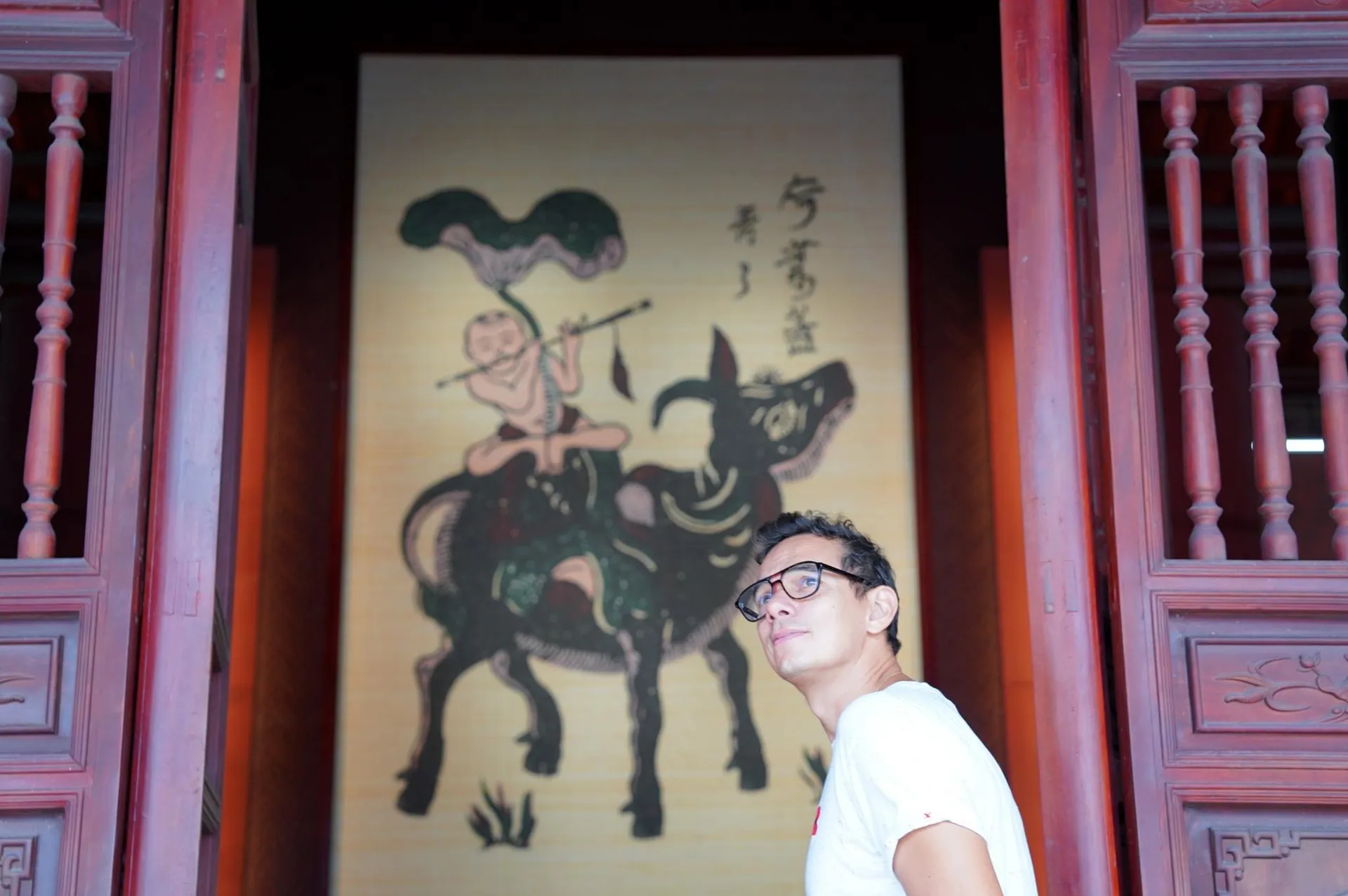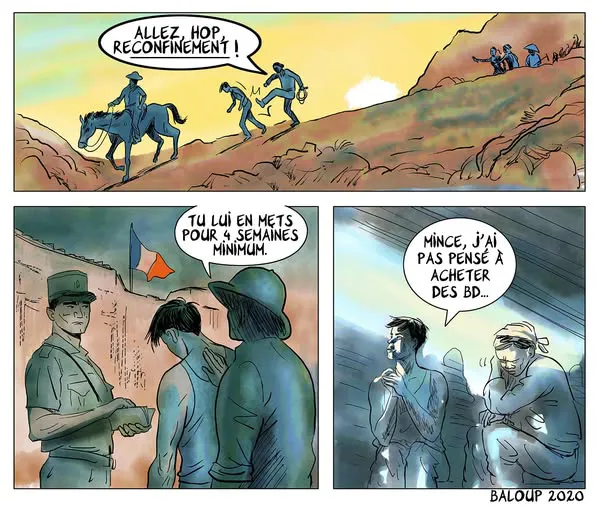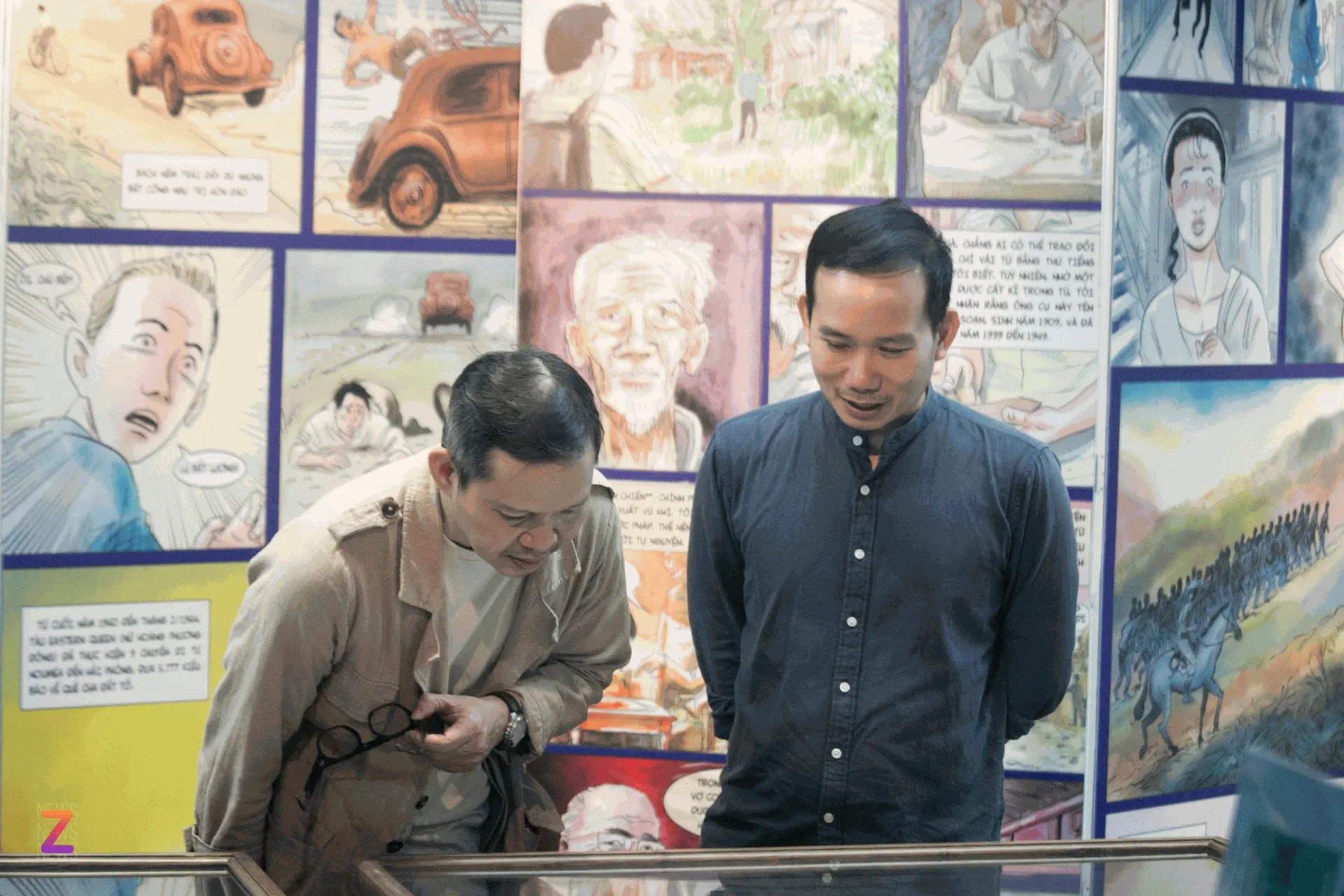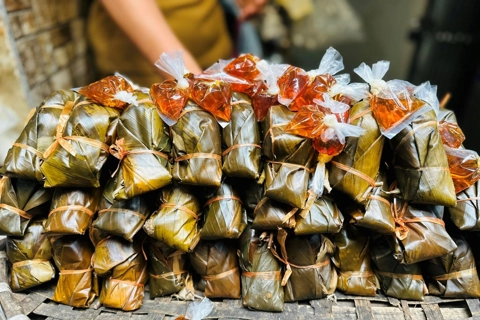Visual stories of Vietnamese life overseas in the 19th century
Two volumes of the comic series Memories of Overseas Vietnamese offer vivid, moving portrayals of Vietnamese exiles navigating life far from home during a turbulent chapter in history.
THE HANOI TIMES — Two graphic novels depicting the experiences of Vietnamese people during the French colonial period of the 19th century are made available to the public.
The works are written and illustrated by Clément Baloup and unveiled by the Kim Dong Publishing House in collaboration with the French Institute in Hanoi.

A portrait of Clément Baloup (name Huynh An in Vietnamese), the author of Memories of Overseas Vietnamese. Photo courtesy of the artist
The 19th century marked a wave of Vietnamese migration, with communities forming as far away as France and the United States. Artist Baloup, born into a family shaped by this journey, his father once a Vietnamese laborer abroad, grew up surrounded by the quiet, often overlooked stories of the overseas community.
This personal history inspired Memories of Overseas Vietnamese”, a graphic novel series that gives voice to generations of Vietnamese who lived and worked far from home. On May 11, two titles from the collection, including Chan Dang: Vietnamese Workers and Soldiers in France during the Second World War and Linh Tho: Vietnamese Miners in the New Worldwere introduced by Kim Dong Publishing House as part of the European Literature Days 2025.
The artist recounts that his father left Vietnam for France at the age of 20, where he worked in Paris before travelling to far-flung colonial territories. Baloup's childhood unfolded in the shadow of these travels, marked by encounters with myriad cultures, each bearing the indelible mark of French colonial influence. But it was not until he returned to Vietnam to study at the Vietnam University of Fine Arts in Hanoi that he began to fully embrace his Vietnamese heritage.

Illustration of the book Chan dang - "Vietnamese Workers and Soldiers in France during the Second World War".
From this confluence of memory and discovery, Baloup turned to the language of the graphic novel, a medium uniquely suited to interweaving the personal with the historical, the seen with the felt. Through it, he reproduces not only events, but also the inner worlds of those who lived them.
Eschewing the sterile recitation of dates and deeds, the artist employs the intimacy of line and image to evoke the minds and hearts of those who endured the tremors of history.
The Vietnamese Workers and Soldiers in France during World War II brings forth a stirring tableau of the laborers and conscripts who, in a foreign land, gave their strength to France’s wartime effort while lending their voices and souls to the Vietnamese Revolution and the cause of President Ho Chi Minh.

The book exhibition at the French Institute in Hanoi. Photo: ZNews
The Vietnamese Miners in the New World takes the reader back nearly a century to a time when ships set sail from the port of Haiphong carrying thousands of Vietnamese peasants to the far reaches of Oceania. Recruited by French colonial authorities on five-year contracts, these men, known as chan dang (a registrant for manual worker), those whose names were entered in the register, found themselves making a life for themselves in the alien soil of the South Pacific.
"Memory fades softly from the minds of men. I have chosen the comic form to bind these delicate recollections to the spine of time, to reveal, quietly and without force, the inevitability of human fate," said the artist.
For Baloup, drawing is not merely the act of telling a story; it is a silent communion with the past, a meditative dialogue with history that seeks to awaken in the reader a reverence for the courage and endurance of ordinary people swept along by the great currents of time.

The cover of the book "Memories of Overseas Vietnamese: Vietnamese Miners in the New World" by Clément Baloup.
Deeply rooted in archival research, oral history, and personal reflection, Baloup has reconstructed a world suspended between past and present, its geography stretching from the rice fields of Vietnam to the boulevards of Paris and the sun-drenched coasts of New Caledonia.
“The comic page gives shape to my emotions. To draw is to give voice to my inner thoughts, to converse with the views of others, to show the world what I see through the eyes of art,” said Baloup.
These two volumes are more than mere chronicles of exile and endurance. They are vibrant elegies to a people whose spirit, marked by industriousness, quiet heroism, resilience, and an abiding love for their homeland, will continue to shine from afar, even through the mists of time.











